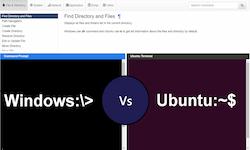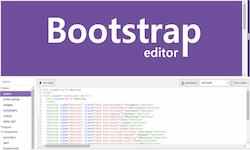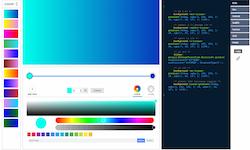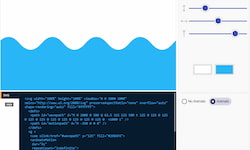HTML code formatter
HTML beautifier
Copied
HTML formatting involves structuring and organizing the code to improve readability and maintainability. Clear and consistent formatting makes the codebase more understandable and manageable, especially in collaborative projects. Key aspects of HTML formatting include:
Indentation: Indenting nested elements helps visualize the hierarchy of the code and enhances readability. Proper indentation improves code comprehension and makes it easier to identify nesting levels.Line Breaks: Inserting line breaks between elements and attributes helps break down the code into logical sections. It's particularly useful for complex structures, as it makes the code easier to scan.
Comments: Adding comments to explain the purpose of specific sections, elements, or complex logic helps fellow developers understand the code's intent. Comments also serve as helpful documentation for maintaining the code over time.
Consistent Naming: Using meaningful and consistent naming conventions for classes, IDs, and elements makes the codebase more organized and maintainable.
Whitespace Usage: While whitespace is generally ignored by browsers, using it judiciously can improve readability. Properly spaced attributes and values make the code more approachable.







